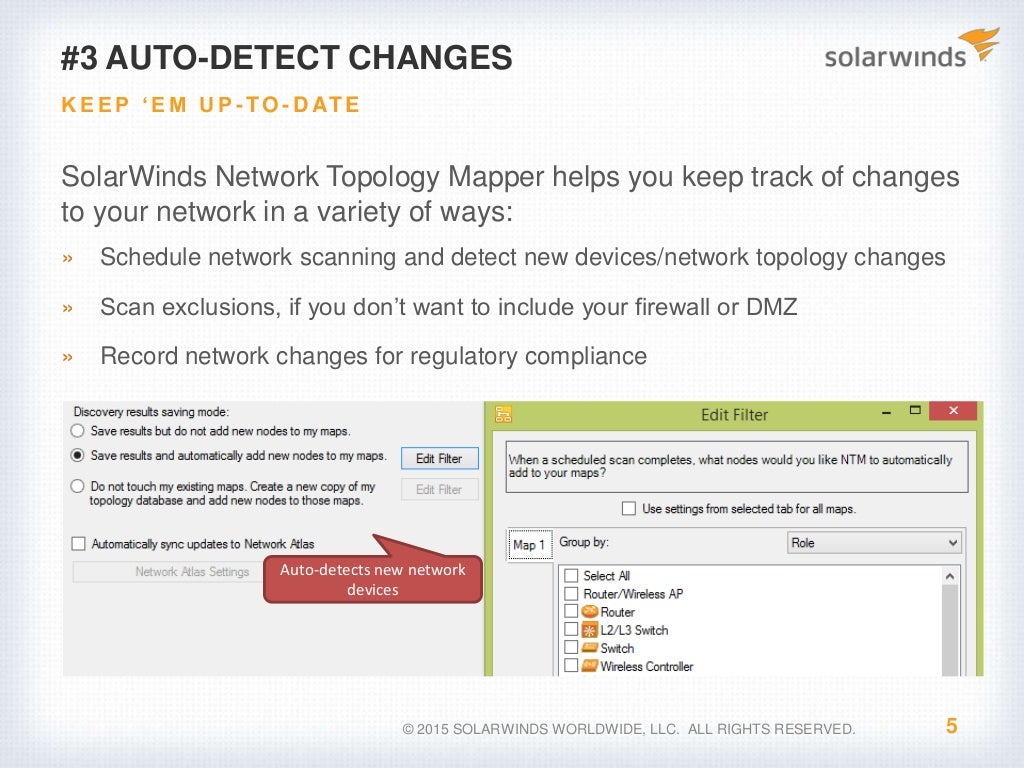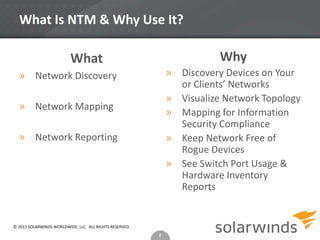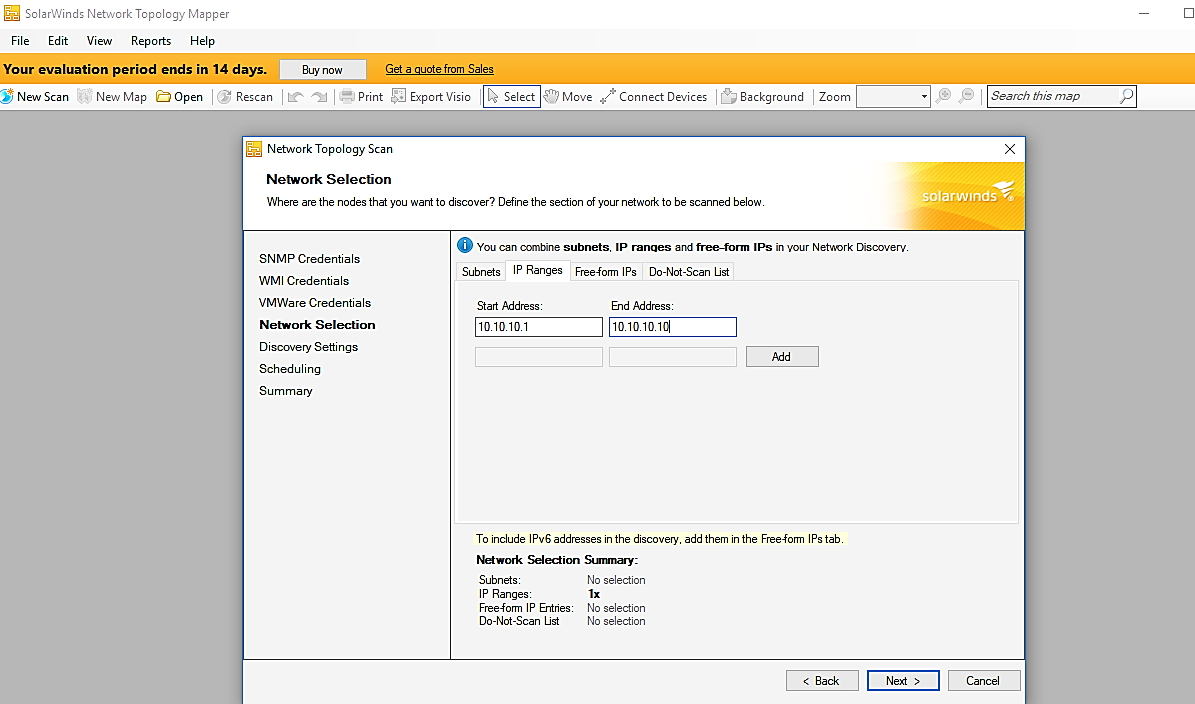

A device informs the others about its hostname, management IP address (in CDP), capabilities (is it a router, a switch, or what else?) and its software version. In case you have missed them, we will have to wait for the next one. Instead, each device sends out always the same pieces of information periodically. These protocols are completely stateless, hence we don’t have any session establishment nor retransmission of lost packets. A device advertises information about itself and listens for information coming from others. Neighbor discovery protocols work with a simple yet powerful concept. In fact, CDP stands for Cisco Discovery Protocol while LLDP stands for Link-Layer Discovery protocol. CDP is a Cisco proprietary protocol, while LLDP is an open-standard protocol. Both protocols do the same thing almost identically, with the major difference being the vendor. Some theory about CDP and LLDP What are CDP and LLDP?īoth CDP and LLDP are neighbor discovery protocols that can operate in an IEEE 802 environment (Ethernet). Typeīefore we dive into configuration and exploration, we should talk a little about how these protocols work. Therefore, get ready with a piece of paper. This means that you are going to draw switches and routers, and links interconnecting them. Moreover, you will also have to draw the topology of the network as we discover it.

You are going to populate it as we advance with the discovery. Use the following columns: hostname, IP address(es), and Device Type (Switch or Router). Distribution switch must be run both CDP and LLDPįor the discovery part of this lab, I suggest you write down a table.



 0 kommentar(er)
0 kommentar(er)
